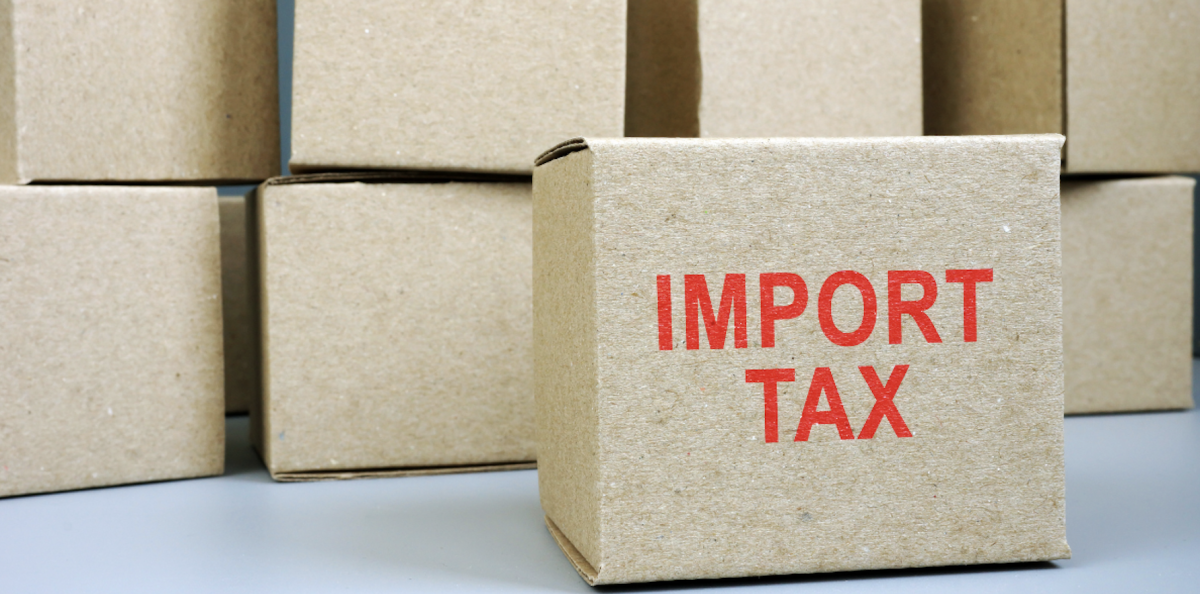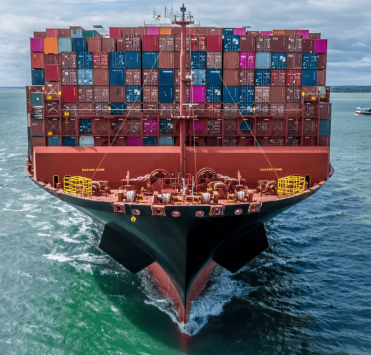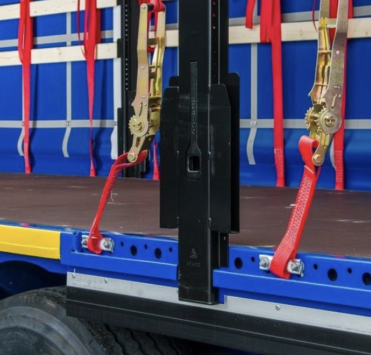What are the risks of using an incorrect HS code when importing goods?

Importing technical goods is a complex process where even the smallest error in the documents can have significant consequences. One of the key elements of customs clearance is the correct determination of the HS code (Harmonized Commodity Description and Coding System). Errors in this code are not just a technical glitch, but a risk of financial losses, delays, and even confiscation of cargo.
What is a HS code and why is it needed
The role of the HS code in international trade
The HS code is a unique 10-digit digital identifier assigned to each product within the international classification system. It is used to calculate duties, determine the need for certification, and control the movement of goods across borders.
How technical goods are classified
The import of equipment, machine tools, spare parts, and other technical goods requires special attention: the correct HS code depends on the intended use of the goods, their technical characteristics, and even how they work. For example, a water pump and an oil pump may have different codes despite their external similarity.
Risks of incorrect classification
Excessive duty rates
An incorrect code may result in a higher customs duty rate being applied. This can lead to overpayments of tens of thousands of hryvnia, especially when importing expensive equipment.
Customs delays and adjustments
If customs suspects incorrect classification, it may delay the shipment, request additional documents, or order an expert examination. This can lead to downtime, missed delivery deadlines, and contract breaches.
Fines and administrative liability
In some cases, errors in the HS code during import are considered an administrative offense. Companies may be fined.
Why technical goods are particularly sensitive to errors
Complexity in determining characteristics
Equipment and industrial machinery often have a complex structure that includes elements with different functions. For example, part of an electrical installation may be classified separately from the device itself.
Different taxation of similar goods
Even a slight difference in characteristics (e.g., the presence of automation or type of control) can change the duty rate. For example, the HS code for CNC equipment differs from that for similar equipment without numerical control.
Accounting for the specifics of industrial components
Some components may be classified as part of the main device (as part of a whole) or as a separate product.
Depending on this, both the code and the tax burden change.
How to determine the correct HS code
Use of online classifiers
There are official resources (including in Ukraine) for searching for HS codes based on product descriptions. However, this is only the first step and should not be limited to this.
Consultation with customs brokers
A professional customs broker has practical experience in processing similar shipments and can accurately select the correct HS code for importing technical goods. This often allows you to save significant amounts of money.
Technical description and specifications
It is important to provide customs with the most complete technical description of the equipment, passport, drawings, and photographs. This helps to confirm the selected code in case of a dispute.
Practical cases: what happens when there is an error
Example: import of a pump as part of an assembly
One company imported an industrial pump, indicating it as a spare part for an installation. Customs requested proof. Due to the lack of technical documentation, the shipment was detained for 12 days and the code was changed, increasing the duty by 7%.
Example: processing equipment with incorrect classification
The importer indicated the equipment code with a reduced rate, but the customs expert reclassified the cargo. The result was additional VAT, a fine, and a correction to the declaration.
How disputes with customs are resolved
If the code is disputed, a technical examination may be appointed, explanatory letters may be submitted, and even legal action may be taken. However, it is better to avoid conflict at the document preparation stage.
Recommendations for importers
Implement a double-checking procedure
Before submitting a customs declaration, it is worth conducting an internal classification check, especially when it comes to complex technical equipment.
Use preliminary classification
In Ukraine, you can submit a request for an official determination of the HS code before import. This helps protect against risks.
Preparation of a technical dossier for the goods
Create a single set of documents: passport, purpose, principle of operation, photographs, classification opinion (if available). This will simplify communication with customs and brokers.
Conclusion
The correct registration of the HS code when importing technical goods is not a formality, but a factor that directly affects finances, delivery times, and the legality of foreign economic activity.
Invest in correct classification, work with professionals, and do not rely on your own judgment when selecting a code. This will save you not only money but also stress.









